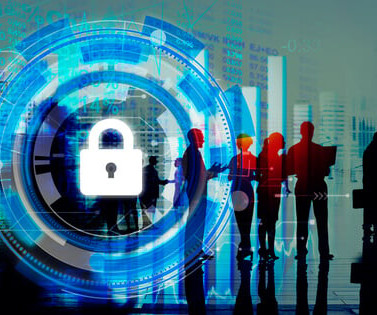15 Top Cybersecurity Certifications for 2022
eSecurity Planet
JUNE 21, 2022
” Also read: Cybersecurity Employment in 2022: Solving the Skills Gap. “Certifications range from penetration testers , government/industry regulatory compliance , ethical hacking , to industry knowledge,” he said. Also read: How to Get Started in a Cybersecurity Career. The Top Cybersecurity Certifications.












Let's personalize your content